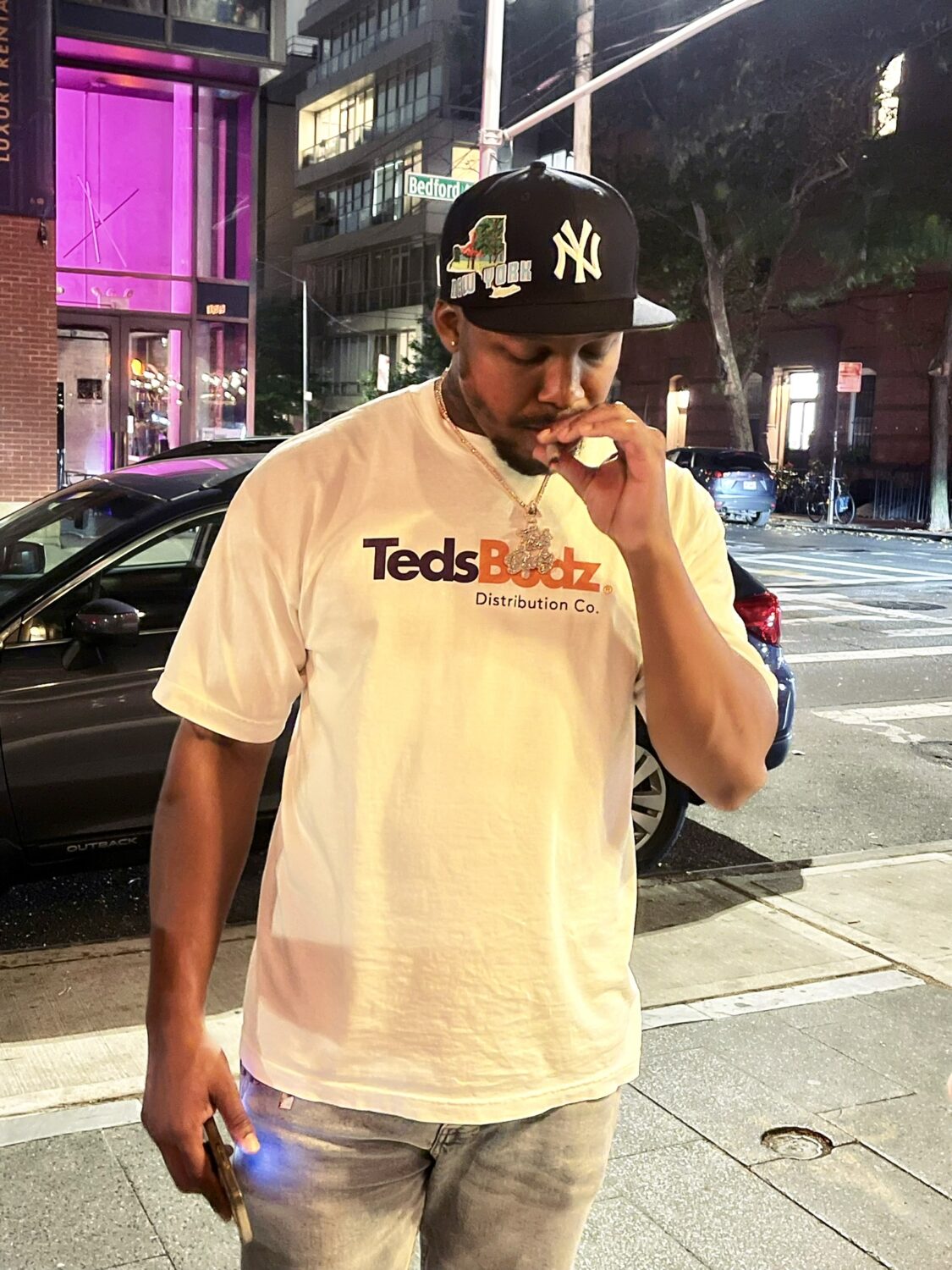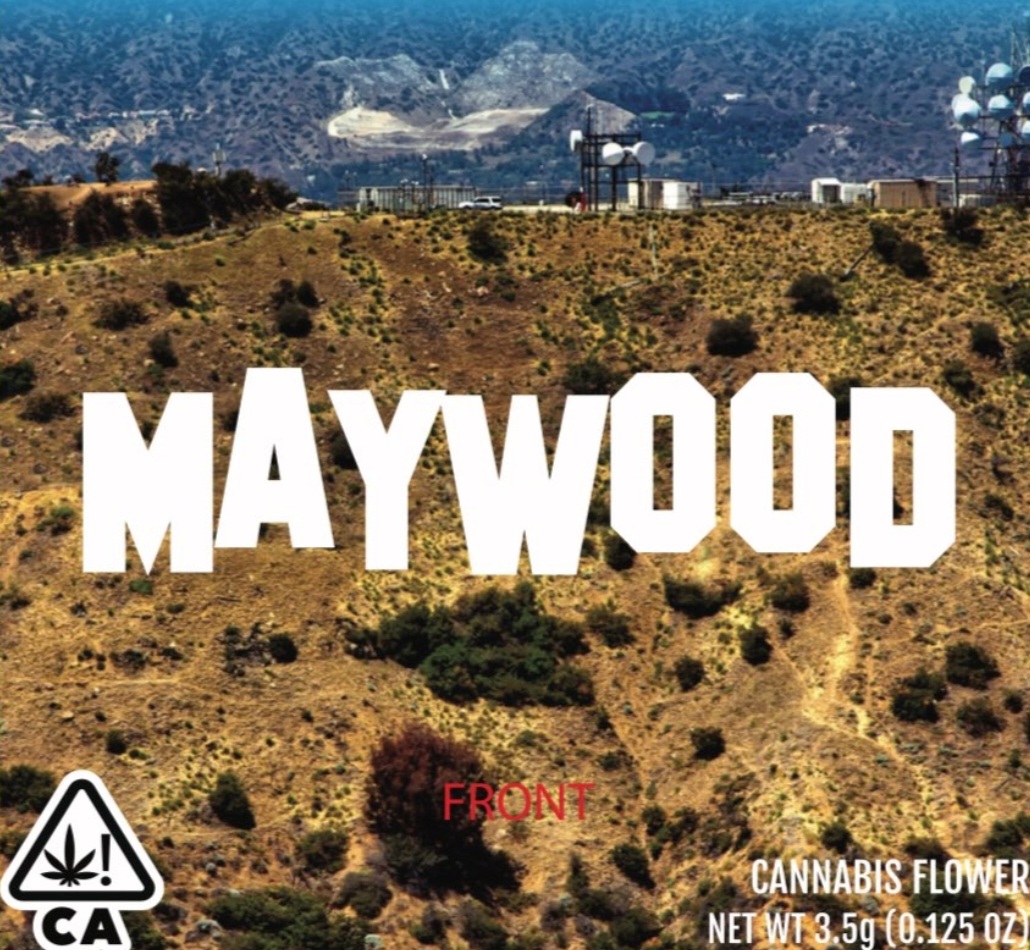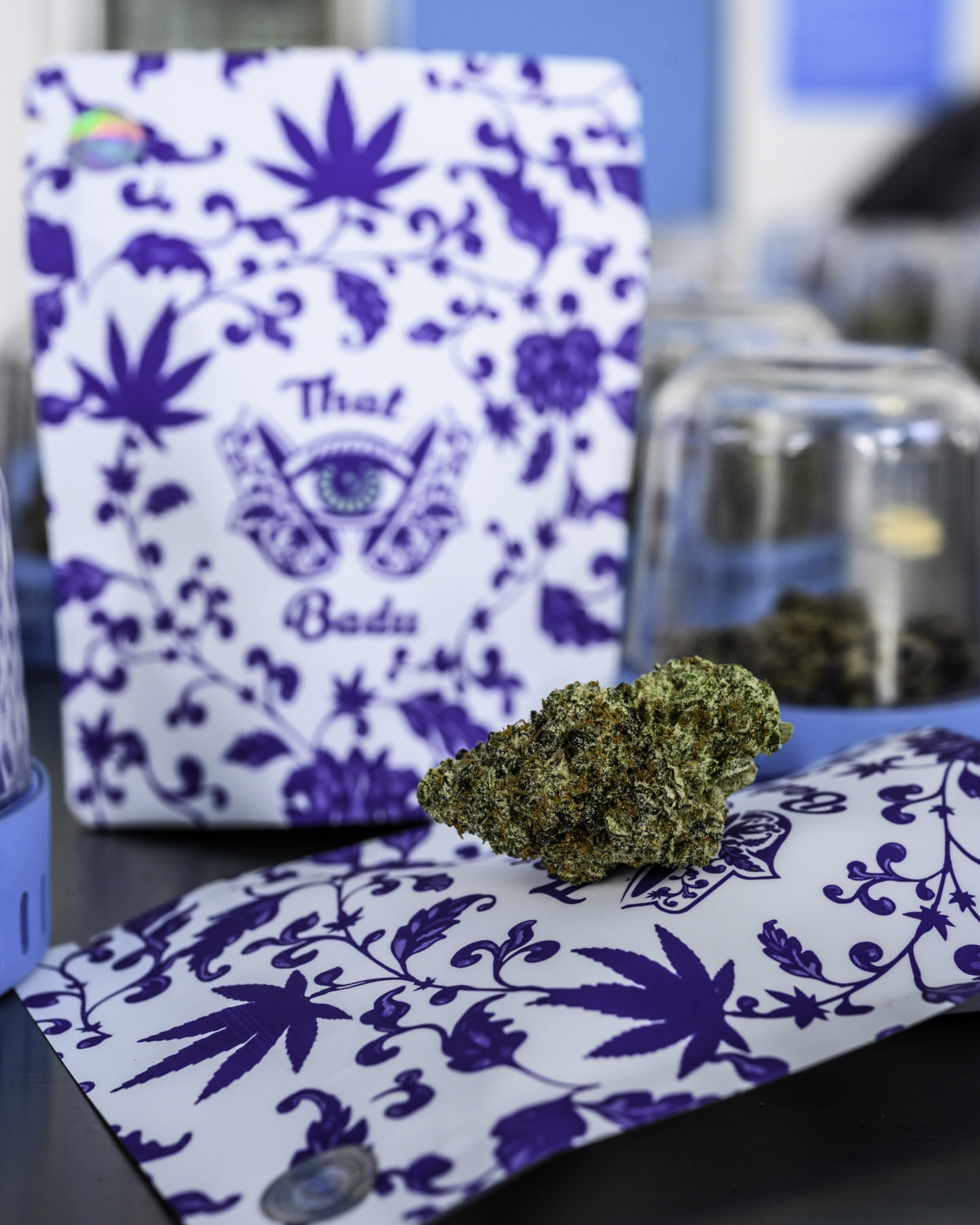61% OF AMERICANS WANT CANNABIS ON VALENTINE’S DAY
61% OF AMERICANS WANT CANNABIS ON VALENTINE’S DAY A new survey from Wired Research suggests most American adults will be including cannabis in their Valentine’s Day plans. According to the survey, 61% of American adults plan on using cannabis or gifting it to someone this Valentine’s Day. The survey was commissioned by Verano Holdings to…
61% OF AMERICANS WANT CANNABIS ON VALENTINE’S DAY
A new survey from Wired Research suggests most American adults will be including cannabis in their Valentine’s Day plans.
According to the survey, 61% of American adults plan on using cannabis or gifting it to someone this Valentine’s Day. The survey was commissioned by Verano Holdings to see how consumers would treat cannabis around the holiday as it continues to get further normalized nationally.
Another fascinating takeaway is the number of Americans that will skip booze this holiday season and opt for cannabis. Wired Research put the number at about 19 million. If just half those people bought a top-shelf eighth for the holiday, you’re talking about $60 million dollars in revenue before you even add the taxes.
While it was close, men were a little bit more likely to include cannabis in their Valentine’s Day plans (66%) than women (57%). This gap is actually closer than the gap between men and women admitting to use in wider society. In 2016, Columbia University Professor Deborah Hasin noted the rates at which men and women used cannabis had held steady for a long time at 13% of men and 7% of women through the mid 2000s. But in 2007, experts started to see a shift that would see the rate at which men were using rise another 4% while women’s use rates would rise 3%.
Younger folks were a lot more down with adding cannabis to their holiday plans than seniors were, with 70% of Gen Z and Millennials surveyed saying cannabis very well could end up a part of their holiday plans. But even then, the seniors weren’t that far behind. While the survey was just under 1,000 people, the idea that more than half of the two oldest categories said they’d be including it in their plans was pretty wild. That is probably the number it would be fascinating to see scaled up into a bigger survey the most.
Another big factor that will separate use rates this holiday? Kids. Parents were found to be more likely to partake in cannabis on the holiday than their childless peers. The survey found 69% of people with kids planned on making cannabis part of the fun, while only 57% of those without offspring said they’d be partaking.
As opposed to just another part of the evening’s fun, many argued they were using it as a tool to inspire romance.
“The data from the survey show that Americans use cannabis to relax or improve their mood, which can help people be present and more connected, which is crucial to a better love life,” said Dr. Shannon Chavez, a Beverly Hills psychologist and sex therapist. “Valentine’s Day is a great opportunity for couples to try something new together and try a more dynamic and less formulaic approach to intimacy, which cannabis can help inspire.”
Americans are starting to come around on the idea. One in four surveyed believed cannabis would help get them in the mood. While separately, one in four surveyed said they expected to perform better sexually with the help of cannabis.

 Photos courtesy of Ted’s Bud Co
Photos courtesy of Ted’s Bud Co










